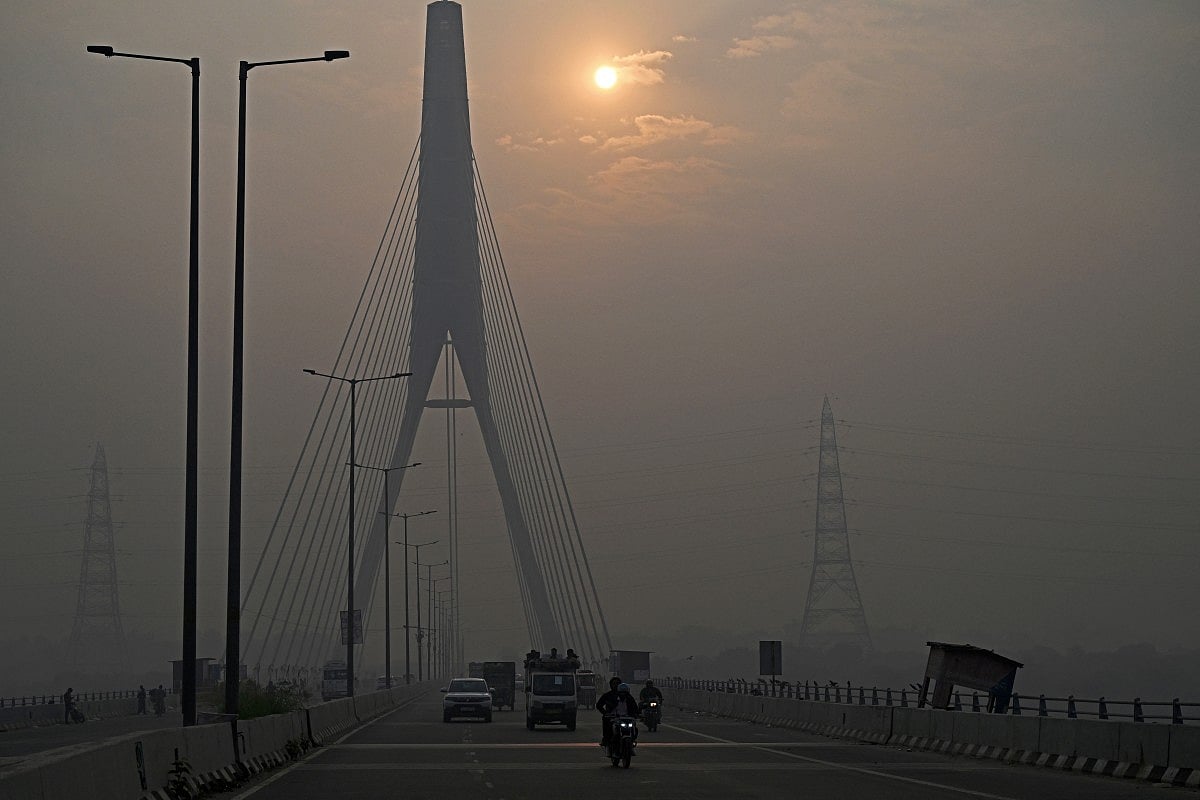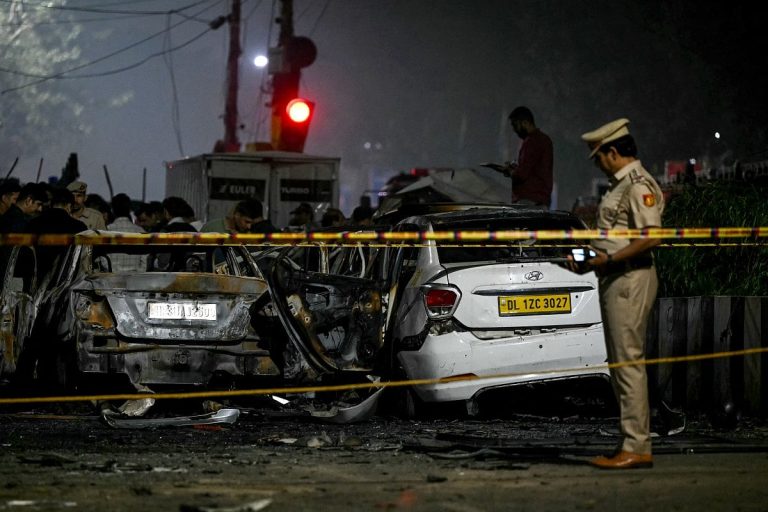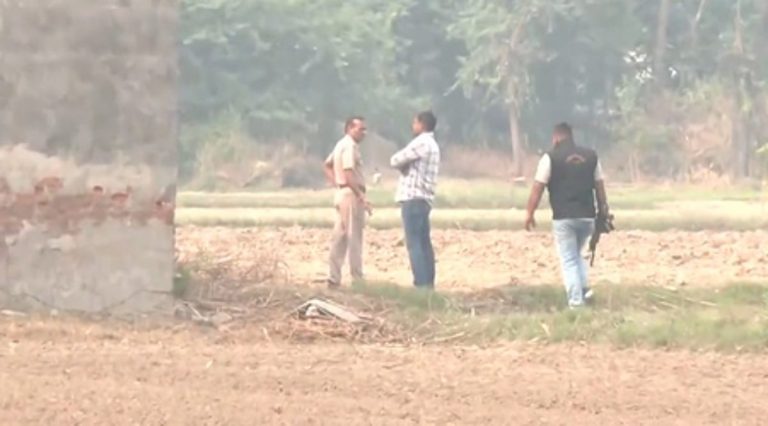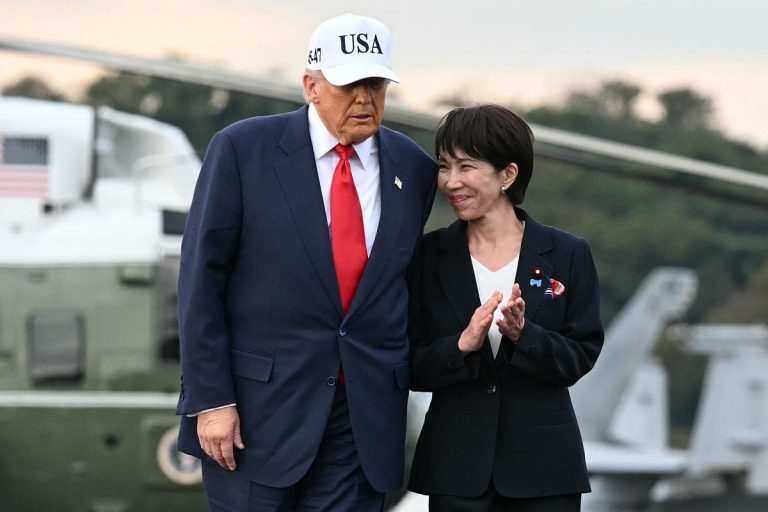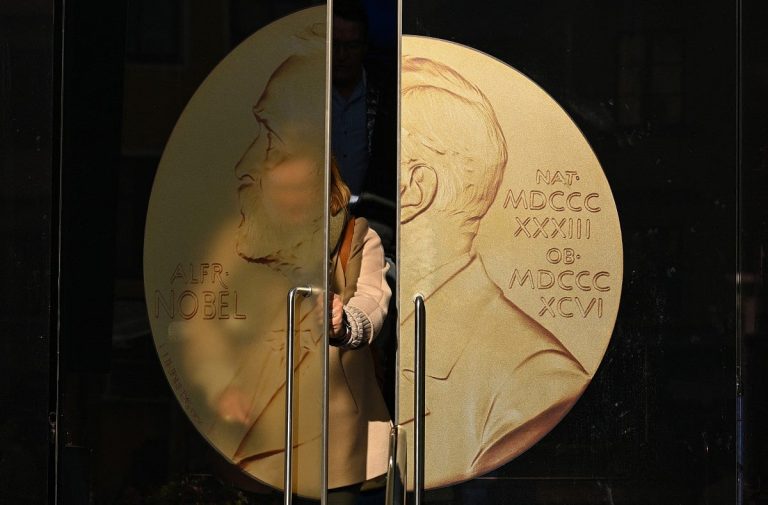Delhi’s Air Quality Crisis After Diwali Celebrations
In the aftermath of Diwali, Delhi has once again been enveloped in a dense, hazardous haze. This annual phenomenon, exacerbated by firework displays, has raised serious concerns regarding the city’s air quality. Recent data reveals alarming levels of particulate matter, significantly exceeding safe limits.
Air Quality Crisis
Following the Diwali festivities, air quality in Delhi reached a staggering 488 µg/m³ of PM2.5, which is over 56 times higher than the World Health Organization’s recommended safe level. This spike in pollution is not an isolated incident; a five-year analysis from 2021 to 2025 indicates that PM2.5 levels typically double or even triple during the festival, with the effects lingering into the following days.
Causes of Pollution Surge
Experts attribute this pollution surge primarily to emissions from firecrackers. The combination of cooler temperatures and stagnant winds during this time creates conditions that trap pollutants close to the ground, leading to a dangerous buildup of particulate matter. “Every year, we see this pattern — high emissions from fireworks combined with low nighttime temperatures and minimal wind,” noted an environmental researcher from Climate Trends.
Trends and Awareness
Despite a slight decline in peak PM2.5 levels over the past five years, likely due to increased public awareness and some restrictions on fireworks, the capital still grapples with severe air quality issues each Diwali. For many residents, the festive celebrations come at a significant health cost, as they contend with the adverse effects of toxic air.
FAQs
What are PM2.5 particles?
PM2.5 particles are fine particulate matter that can penetrate deep into the lungs and bloodstream, posing serious health risks, especially during high pollution events like Diwali.
How does Diwali contribute to air pollution?
The use of fireworks during Diwali significantly increases emissions of harmful pollutants, which, combined with weather conditions, leads to a sharp rise in air pollution levels in Delhi.
Are there any measures being taken to reduce pollution during Diwali?
Yes, there have been awareness campaigns and limited bans on certain types of fireworks aimed at reducing pollution levels during the festival, although challenges remain.
Conclusion
The toxic haze that envelops Delhi after Diwali highlights the ongoing struggle with air quality in the city. While there have been some improvements in public awareness and regulations, the health risks associated with festive celebrations remain a pressing concern. Continued efforts are necessary to address this annual crisis and protect the health of Delhi’s residents.
The air quality crisis in Delhi is a complex issue influenced by various factors beyond just the Diwali celebrations. The city’s geographical location, combined with its high population density and industrial activities, contributes to persistent air pollution throughout the year. During the winter months, a phenomenon known as temperature inversion occurs, where a layer of warm air traps pollutants close to the ground, exacerbating the already poor air quality. This seasonal pattern, coupled with the additional emissions from fireworks, creates a particularly hazardous environment for residents.
Government authorities and environmental organizations have been working to address these challenges through a combination of policy measures and public engagement. Initiatives such as the Graded Response Action Plan (GRAP) have been implemented to tackle air pollution during critical periods, including the days following Diwali. These measures include restrictions on construction activities, increased monitoring of air quality, and the promotion of cleaner alternatives to traditional firecrackers. However, enforcement of these regulations often faces hurdles, including public resistance and logistical challenges.
Public health experts continue to emphasize the importance of long-term strategies to improve air quality in Delhi. This includes investing in sustainable urban planning, enhancing public transportation systems, and promoting the use of renewable energy sources. Additionally, raising awareness about the health impacts of air pollution can empower residents to make informed choices during festive seasons. As the city grapples with its air quality crisis, the need for a collaborative approach involving government, communities, and individuals becomes increasingly critical to ensure a healthier environment for all.
Also Read:
Dubai Fitness Challenge 2025: Key Events and Activities
Diwali 2025 Celebrations in the UAE: Tradition Meets Moderni

